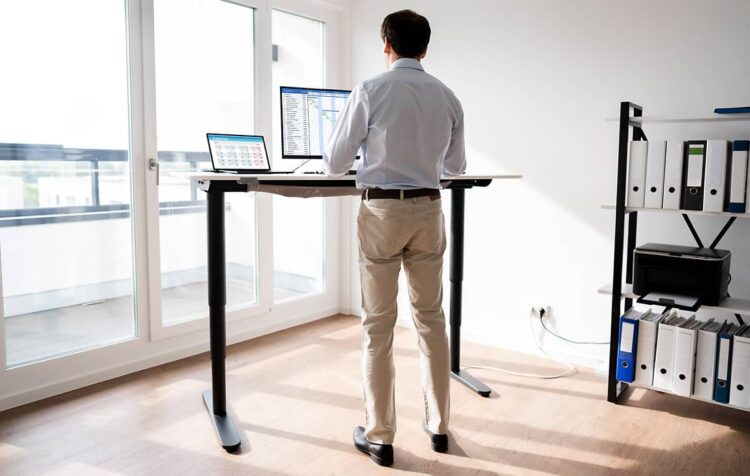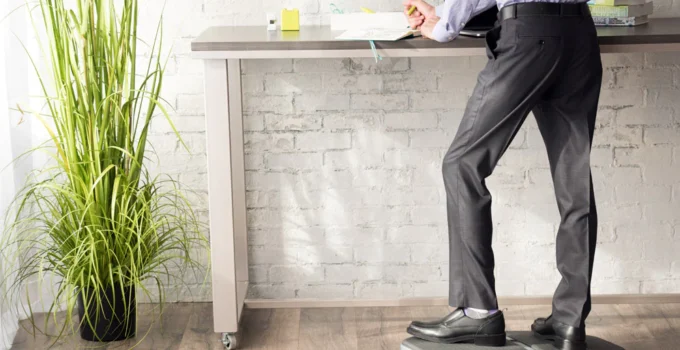More and more companies are beginning to adopt the idea of standing desks in their offices, not just as a way to improve employee wellness and productivity but also to encourage a healthier workplace culture. Standing desks, or adjustable height desks, allow employees to switch between sitting and standing throughout the day without having to purchase additional furniture. This trend is being adopted not only by tech start-ups but also by traditional corporate offices across the country as a way of changing attitudes toward work and health.
How Standing Desks Affect Workplace Culture

Source: arielle.com.au
Standing desks have been shown to positively affect employee morale and collaboration in the workplace. By allowing employees the option to choose their own level of comfort throughout the day, employers may be creating an environment that encourages openness and creativity. Regularly sitting at a desk for hours at a time can lead to one feeling stagnant and unmotivated, so introducing a standing desk into an office can encourage movement and activity which has been proven to directly impact employee satisfaction levels.
Benefits of Standing Desks on Employee Wellness
Standing desks are becoming increasingly popular in the workplace, and for good reason. People who use them regularly can enjoy improved overall health, since sitting all day long has been linked to numerous health issues such as stress, weight gain, back problems, neck pain, and poor posture. These factors can significantly reduce job satisfaction levels among workers.
The advantage of adjustable height desks is that they are compact and easy to use which encourages people to get up out of their seats more often instead of sitting for long periods of time. Best of all, using this type of equipment does not require much effort or maintenance compared to other technology installed around the workplace such as computers and printers. So employers don’t have to worry about taking valuable time away from important tasks in order to keep up with their health needs.

Source: smartway2.com
Not only do standing desks reduce strain on the body, they also promote physical activity and mental stimulation which can increase alertness during the day – reducing risk factors associated with prolonged periods of sedentary behavior such as diabetes, heart disease, cancer, obesity, and strokes. Further studies done with college students reported feeling energized after working from a student study lounge equipped with multiple stand-up tables. Although the results of this particular experiment may not necessarily represent an entire professional atmosphere; they are still worthwhile considering, because they demonstrate the importance of taking regular breaks during intense desk job days in order to maintain peak performance and energy levels.
Additionally, small lifestyle changes like switching your default seating position, putting extra effort into maintaining good posture, and investing in ergonomic settings for computer monitors and arm stands can make a big difference. Taking regular breaks every hour to break up stationary positioning can also help; such as going for a short walk around the office, giving your eyes a rest, or focusing on a far away object every once in a while will absolutely help alleviate any potential health risks that develop over time.
To sum up
In conclusion, standing desks are a great way to improve work culture and employee wellness. They provide employees with the opportunity to be more productive while also improving their overall health. As employers continue to look for ways to improve employee wellness, standing desks offer an effective solution that should be considered in any company’s workplace design plans.





